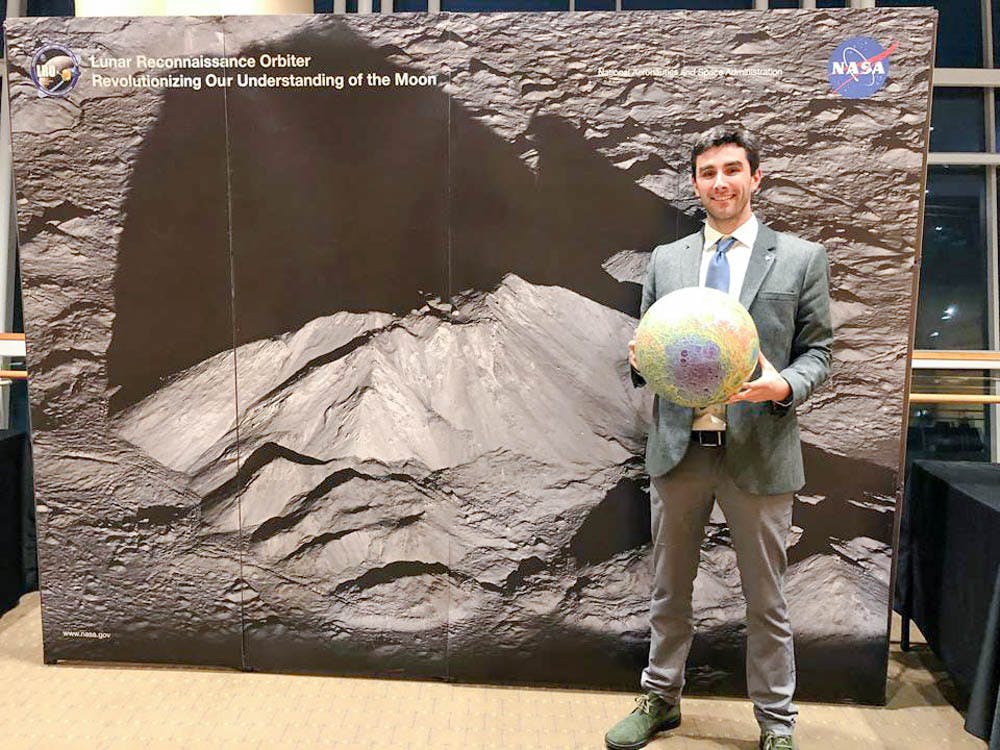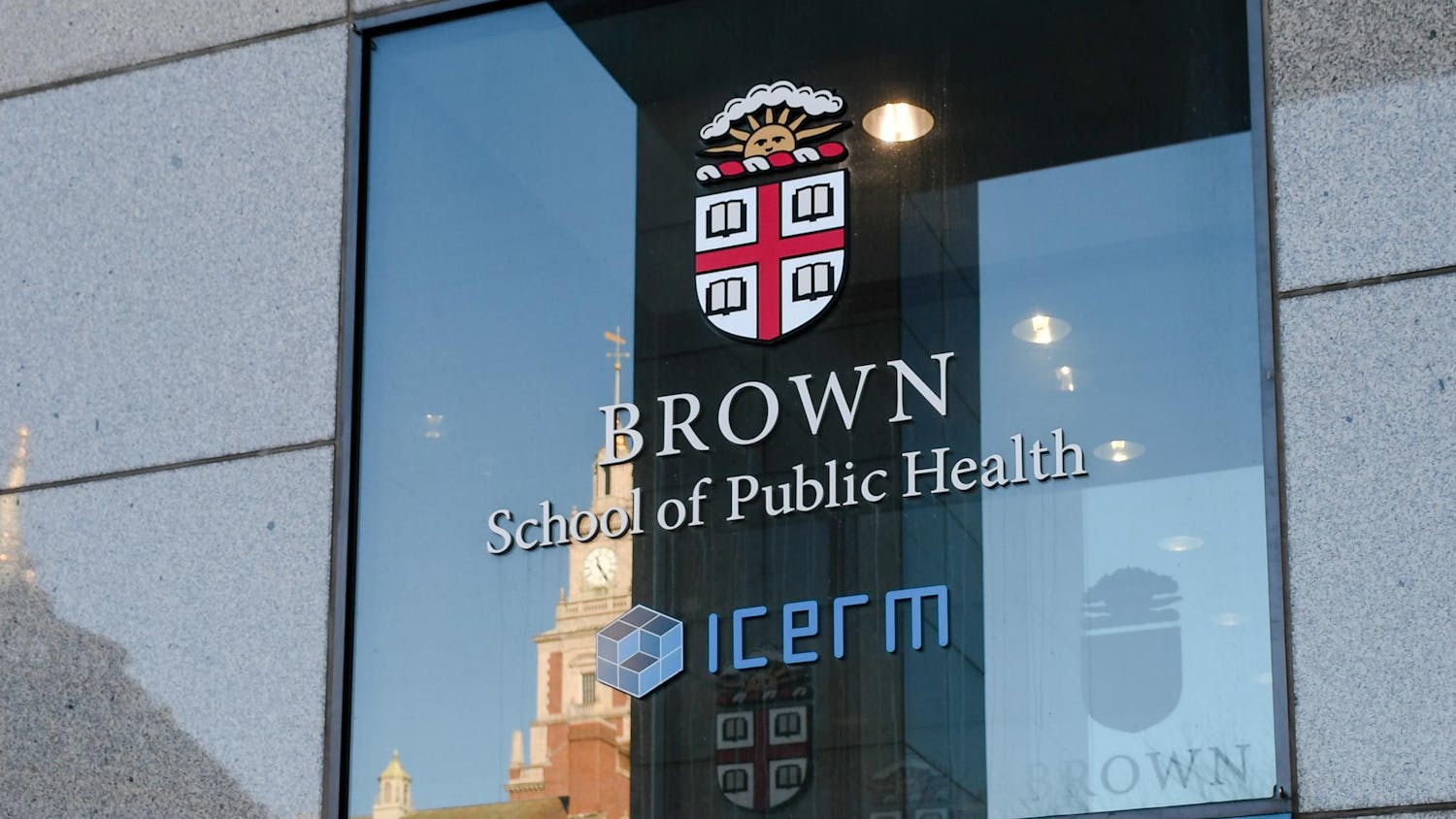University researchers recently published a study examining the mineralogy of the moon’s South Pole-Aitken basin, which could serve as guidance for future explorations on the moon. The study, published in the “Journal of Geophysical Research: Planets,” was led and coauthored by Daniel Moriarty, postdoctoral researcher at NASA’s Goddard Space Flight Center, and Carle Pieters, professor of earth, environmental and planetary sciences.
The SPA basin, an impact crater on the far side of the Moon, is thought to be one of the oldest and largest basins on the lunar surface, Moriarty said. “Impacts are primary drivers of solar system formation,” he said, adding that understanding these impacts is vital to learning about the formation of planetary bodies. “Part of why the SPA was chosen was because it is big, roughly the size of half the United States, so it could help us understand large impacts.”
The presence of mantle material as well as the possibility of past volcanic activity also led researchers to study the SPA. “The mantle of this planetary body tells us a lot about how the object was formed many millions of years ago, as well as its geological history, so it’s been an area of great interest for quite a long time now,” said Ralph Milliken, associate professor of earth, environmental and planetary sciences.
Data was collected by NASA’s Moon Mineralogy Mapper, a spectrometer launched on India’s Chandrayaan-1 spacecraft. Pieters was the principal investigator of this spectrometer.
Ratios of absorbed and reflected light of different wavelengths offered information about the mineral composition of the rocks, Moriarty said.
The paper describes the detection of deposits from volcanic activity, which points to the possible creation of volcanic material after the impact and the flowing of this material into the center of the basin, he said. Moriarty also mentioned the value of exposed mantle material, since accessing such materials on Earth would require digging down more than 60 miles.
Researchers agree that the study could offer insight into possible landing sites for future explorations. “The study opens up a very clear guideline for how to return samples from this part of the moon,” said Jack Mustard MS’86 PhD’90, professor of earth, environmental and planetary sciences. Since both mantle material and volcanic material on the moon interest scientists all over the world, Moriarty suggested that landing in an area close to both of those substances could yield a greater return.
“With Earth, we can go out there and verify different hypotheses of what’s out there, but with space objects, such as the moon, it requires more detailed analyses on the ground either by rovers or humans,” Milliken said. “The study helps us figure out where we should go for these future explorations, because we want to understand what else could be there.”





